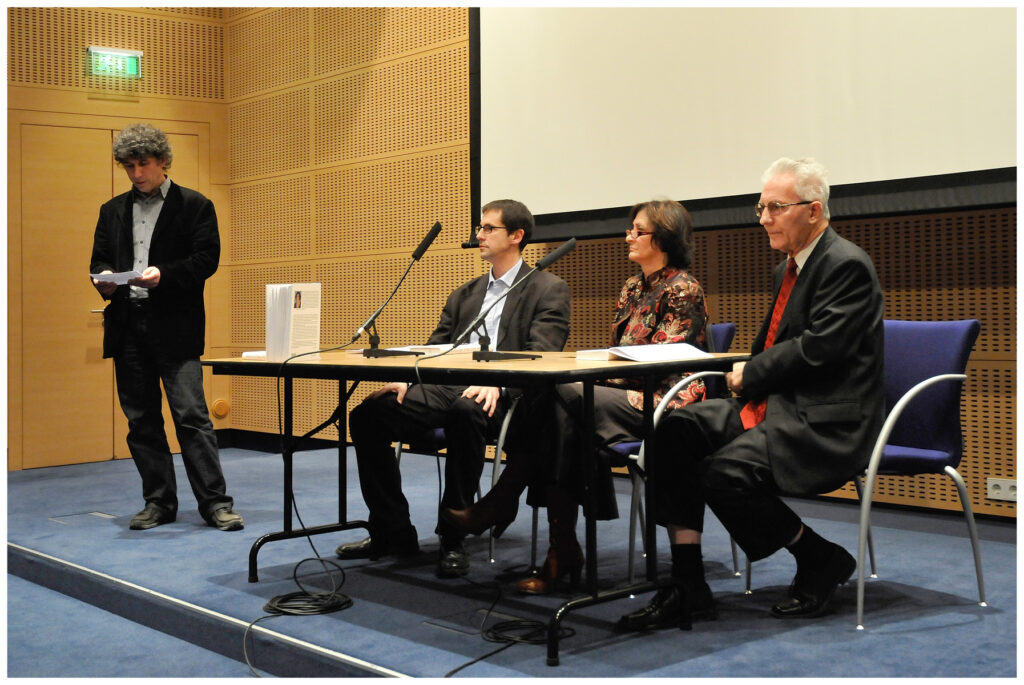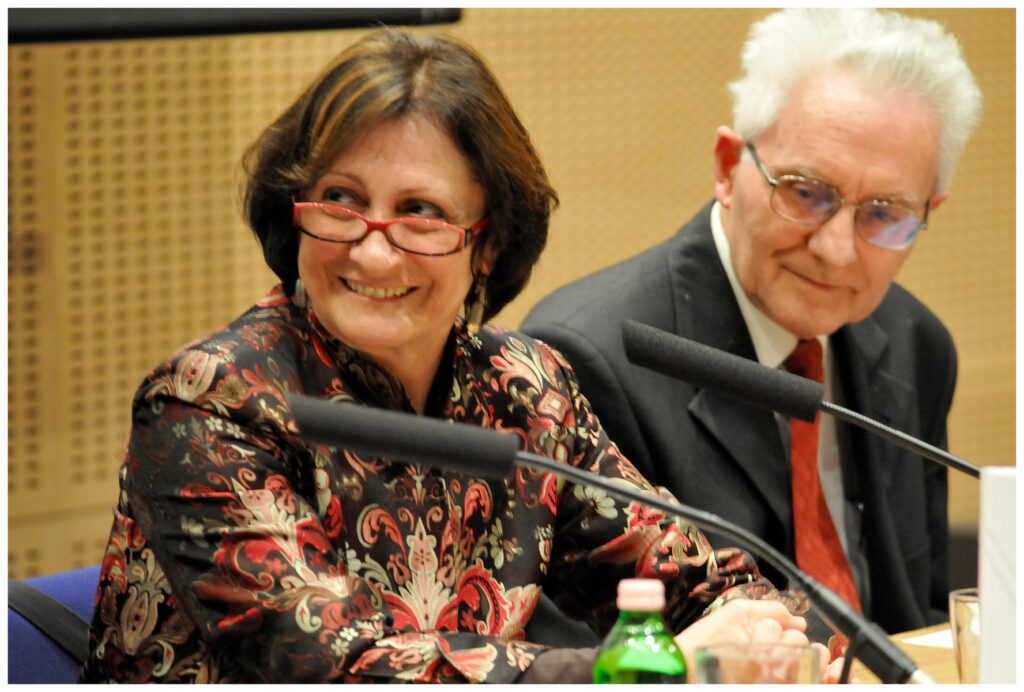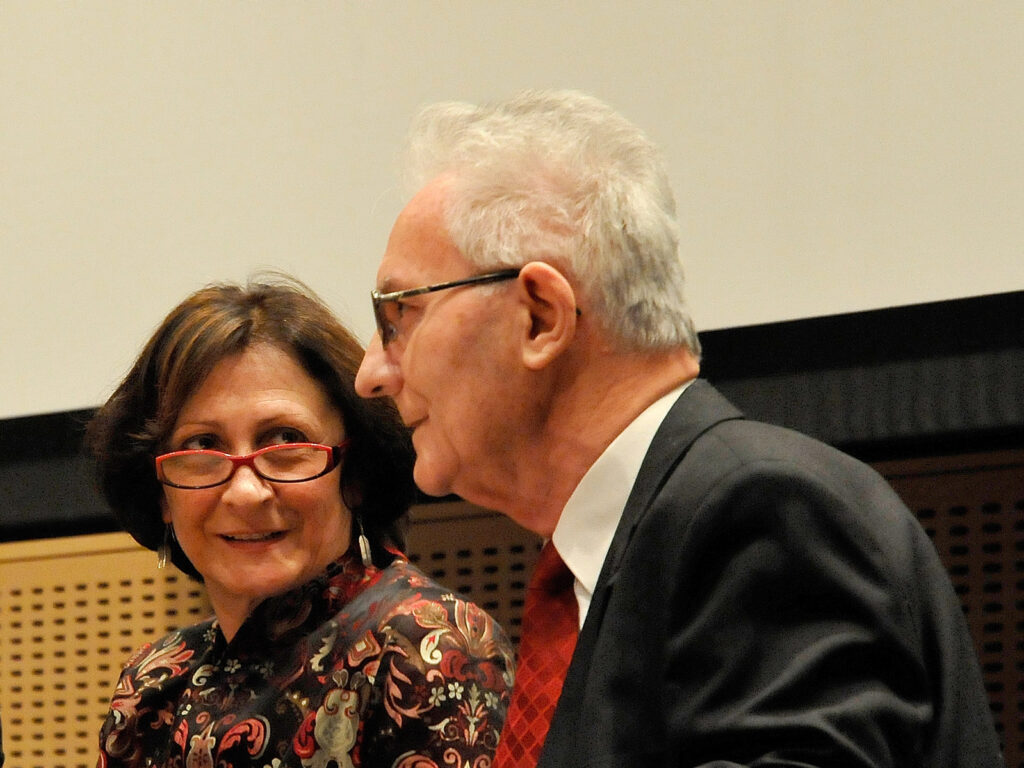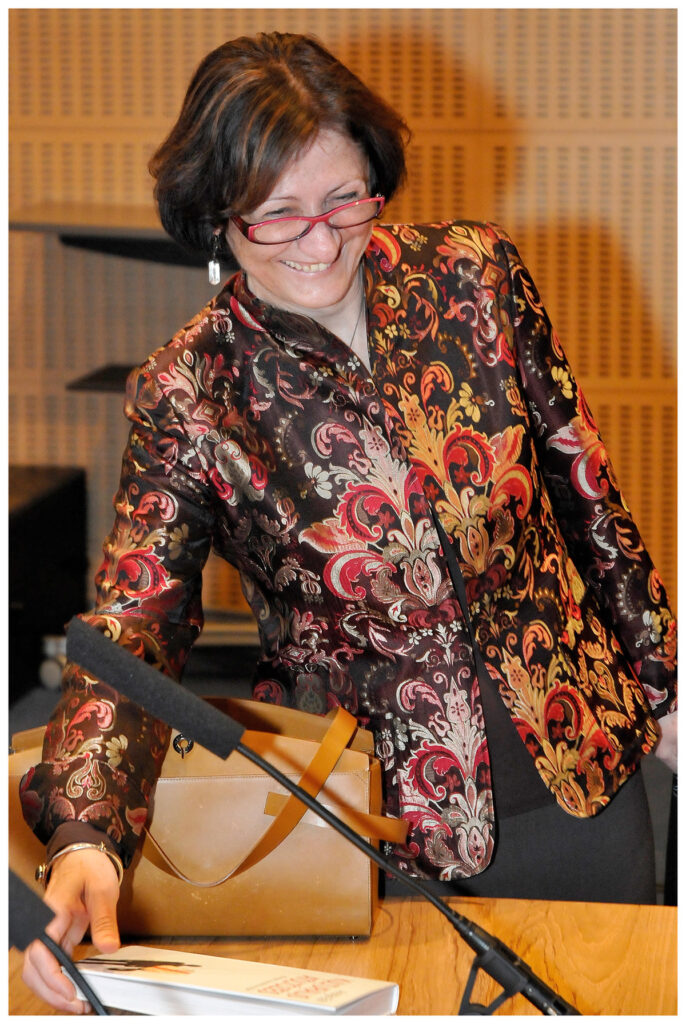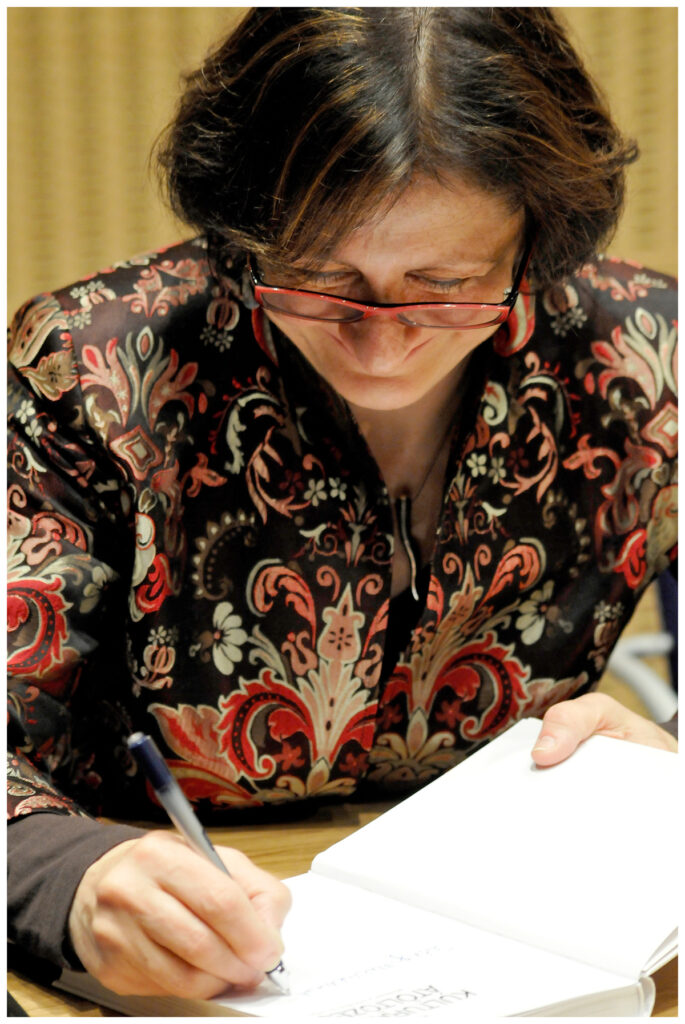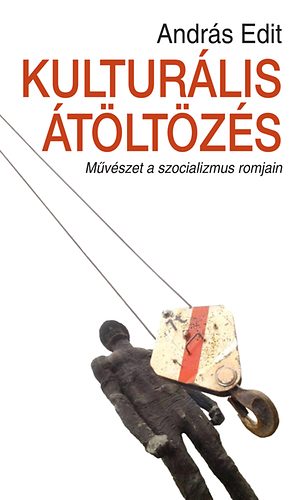
Cultural cross-dressing. Art on the ruins of Socialism; (Kulturális átöltözés. Művészet a szocializmus romjain.) Budapest: Argumentum, 2009 [in Hungarian]
Edit András is an art historian and art critic, as well as a Senior Research Fellow at the Institute of Art History of the Hungarian Academy of Sciences. She has had the opportunity to contribute to numerous contemporary art studies and reviews in Hungarian and foreign journals, catalogues, and volumes of studies. Her contributions to the field of contemporary art and theory in the post-socialist region, with a particular focus on the transition period, have been translated into a number of languages. In 2008, he was honored with the Art Criticism Prize of the Hungarian chapter of the International Association of Art Critics (AICA) for his work on The Collective Memory and Trauma of the Socialist Past, which was published in English and in Hungarian in this volume. “It is not an easy task to take stock of the period since the regime change and of recent artistic developments in Hungary and Eastern Europe. There is no reassuring historical perspective that gives structure to events and puts different phenomena into context, which makes this a challenging undertaking.” It is important to note that the individuals in question are often among us, and as a result, the complex web of personal sensitivities requires a high level of care and sensitivity. It would be remiss of me not to suggest that there is no more interesting task in art history than to venture forward and, entering a field untraversed by others, to set to work with an openness to new ideas and new insights, and a sensitivity to uncharted values. In recent years, Edit András has devoted her theoretical and critical attention to post-socialist art from the disintegrating Eastern Bloc. Her writings offer a history of change, exploring the various aspects of this phenomenon. From these diverse perspectives, a comprehensive overview can be constructed. It would be beneficial for the art of post-socialist countries to find an international audience. This may be achieved by artists, critics, and art historians looking both “outwards,” at the global scene, and “inwards,” at the local scene. Edit András’s writings are distinguished by their reflection of a continuous and consistent “two-way thinking” approach. On this horizon, the different points of view and contexts are brought together in a way that does not pit one against the other, but rather seeks to reinforce and explain each other. Theoretical problems are brought to art by case studies, which can also serve as a methodological example for reconciling theory and practice. The volume is a valuable resource for both practitioners and those seeking a career in the arts, offering insights into the contemporary art discourse.
(Gábor Andrási, editor of the book)
